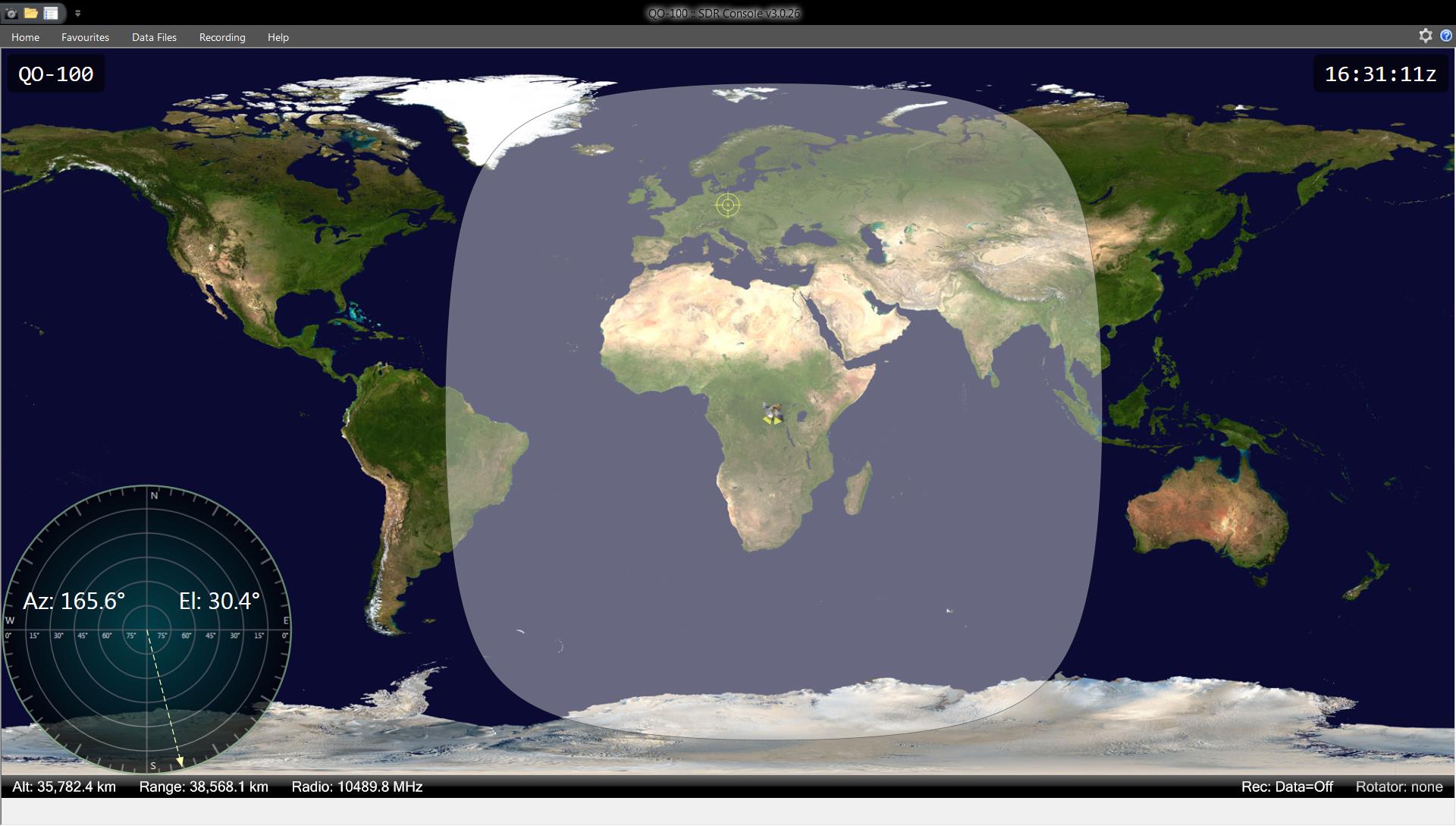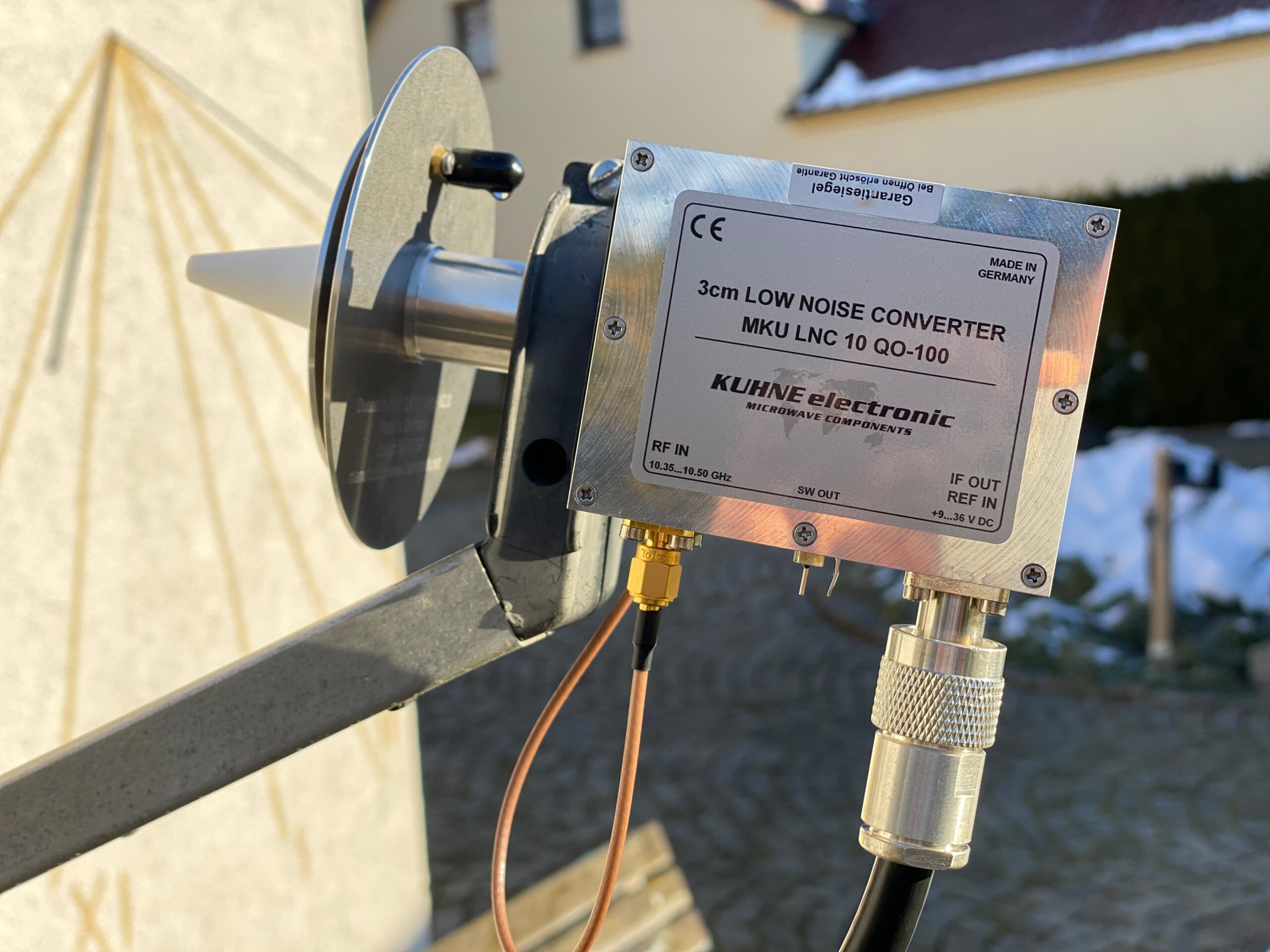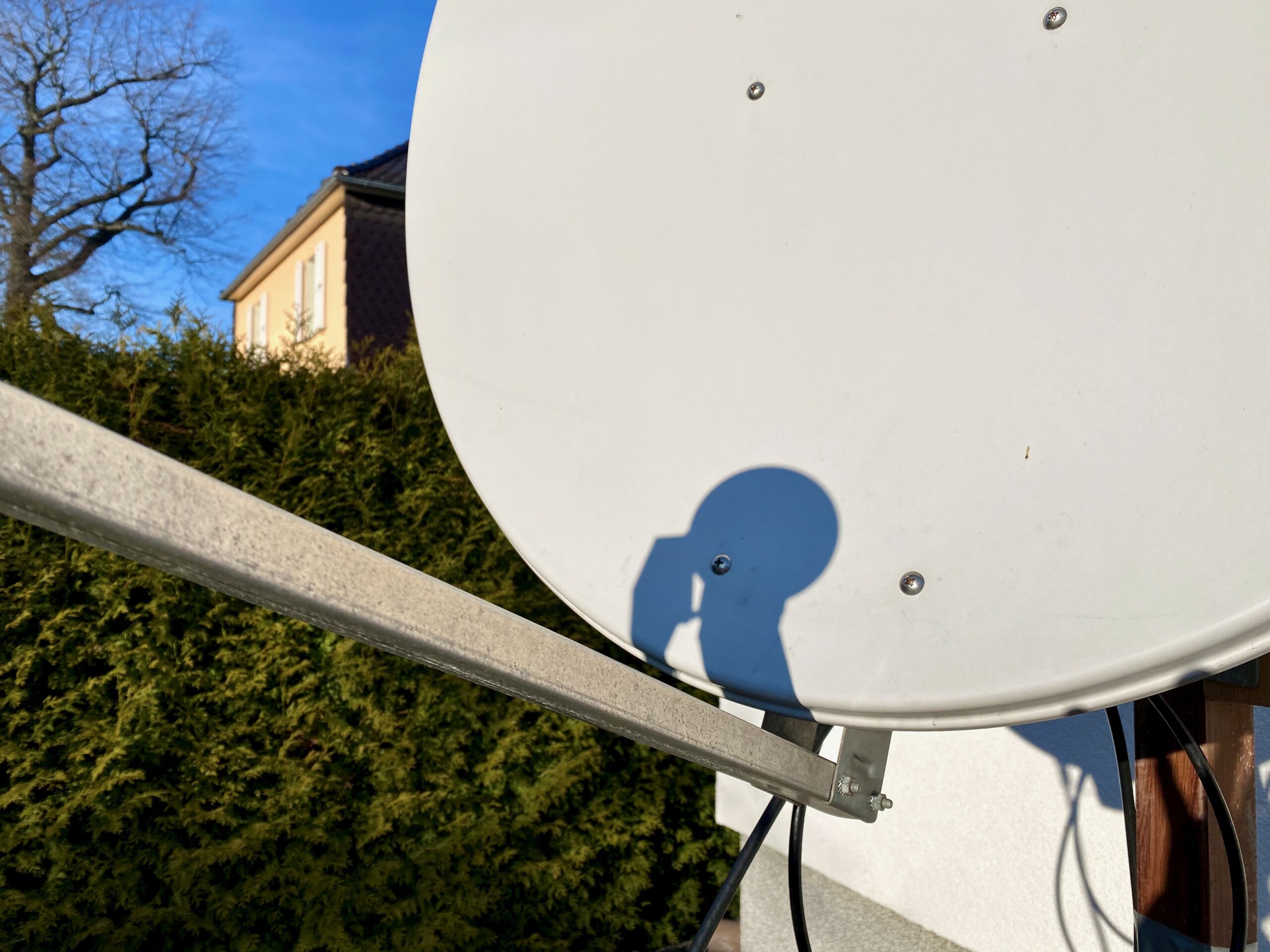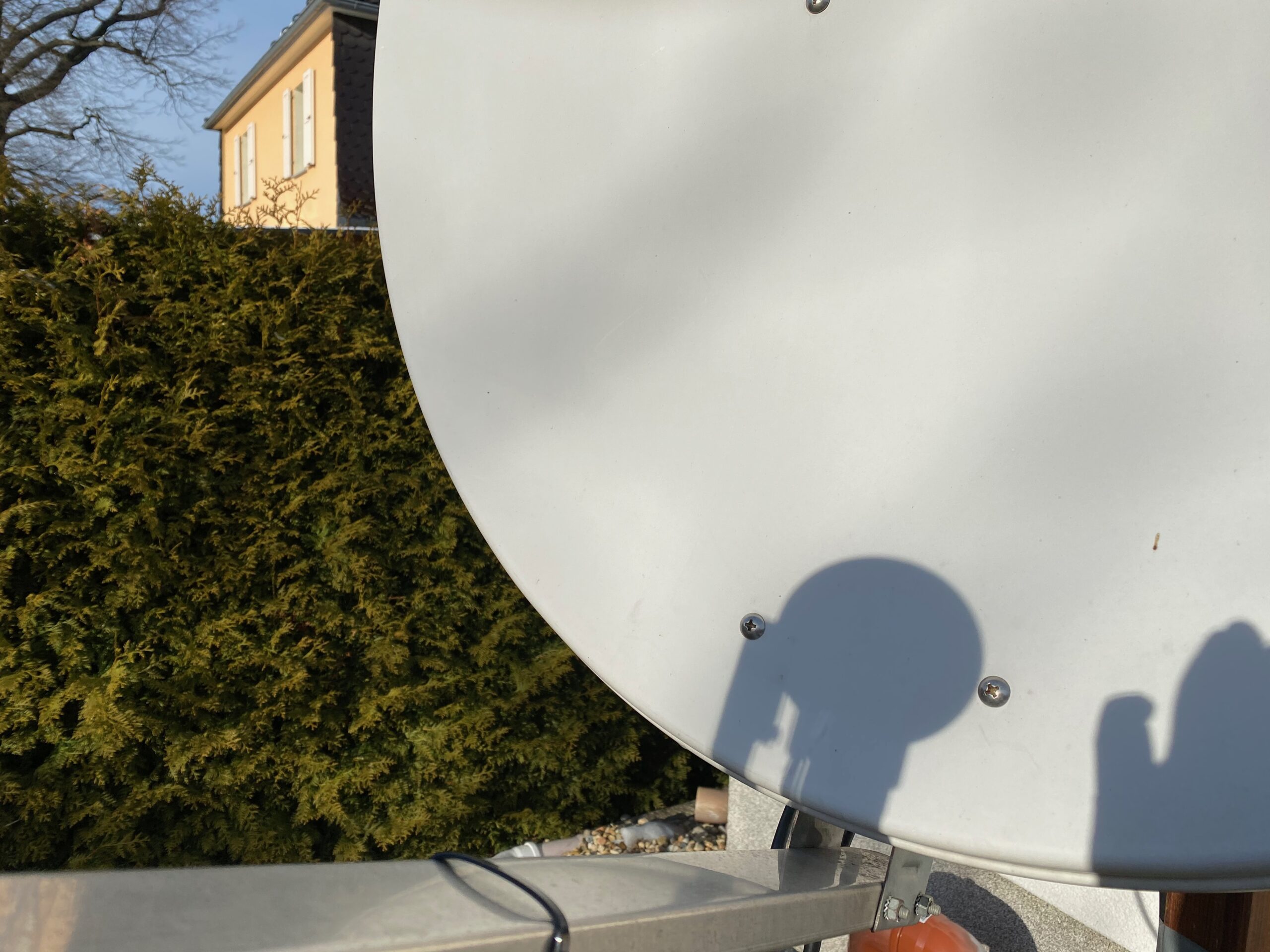QO-100
OSCAR PHASE 4A
QO-100
First geostationary OSCAR satellite
A new star is born
It’s been quite a while since I had my last QSO via satellite radio. Anyway, after the loss of AO-13, my interest in satellite radio finally was over.
The story behind
In 2015 AMSAT DL announced their new project of a geostationary bird. At that time it was still the future but what a great opportunity for satellite radio will open up.
When I heard for the first time about the AMSAT DL P4A project, my interest in those flying birds awakened again. On November 15th, 2018 a Falcon 9 rocket launched successfully and placed the satellite in orbit. The bird was operational and putten in service immediately. Named QO-100, the satellite was released for ham radio service on February 14th, 2019.
The first geostationary OSCAR satellite in orbit will give a great opportunity for ham radio contacts. The satellite covers Africa, Europe, huge parts of Asia, an eastern part of South America, and even more a small part of Antarctica.
First steps
In September 2020, a bit too late in time, I started to evaluate the concept of my ground station. Thanks to the internet, quickly I found out there are several options discussed. Anyway, despite all the pros and cons of all the different concepts I studied, one of the targets for me, was to use as many pieces of equipment as already exist in my shack. Another target at the beginning was just to receive the beacon loud and stable indeed.
The antenna question was easily answered. Fortunately, I still had an almost new 90 cm offset dish as spare for TV reception, in my garage. The dish, I fixed temporarily on a wooden pole. Well, I guess that will do the job for the first time.
DOWNLINK/RECEIVING PATH
Based on my decision to use already existing stuff, I just needed to purchase the dual-band feed and the downlink converter.
Finally, I installed the following equipment:
- 90 cm offset dish
- Dual-band feed DJ7GP
- 10 GHz/433 MHz downlink converter
- SDRplay RSPdx
- SDR Console
- Bias tee
UPLINK/Transmitting PATH
The same as mentioned for the downlink also applies here. I only had to buy the uplink converter.
Up to now, I installed the following equipment:
- 90 cm offset dish (same as for downlink)
- Dual-band feed DJ7GP (same as for downlink)
- IC 7400, 2 m output to drive the uplink converter
- 2 m/13 cm uplink converter
Dish alignment
Dish alignment was easier than expected.
First, I assembled the dish, fixed the feed boom and the feed. The second is the dish alignment. For the elevation angle, 30 degrees are required. That’s easy to adjust because my dish has an engraved elevation scale on the mount.
The azimuth angle alignment is a bit different. I calculated the time when the sun will have the same azimuth angle as the satellite. That’s for my location 165 degrees. Well, all I need now is a sunny day. At the time calculated in advance, I watched the feed shadow. Then I turned the dish so that the feed shadow hit the dish centre.
At the same time, I watched the beacon signal level in the SDR console. Last of all, a little bit of fine-tuning, by turning the dish slightly to the left and the right side. I tried to find minimum noise and maximum signal level.
It took me around 10 minutes for the entire procedure until the dish was perfectly aligned.
That’s it.
First tests and experiences
Finally, all three beacons are loud and clear. The radio signals are outstanding.
In March 2021, I had my first QSO via QO 100.
However, the only issue I run into was the quality of my modulation. The original ICOM mic has much to less drive to generate an outstanding signal. The modulation is too flat. A good microphone seems to be the key to solve that.
Well, it was easier to get on air via the bird as I had expected.





